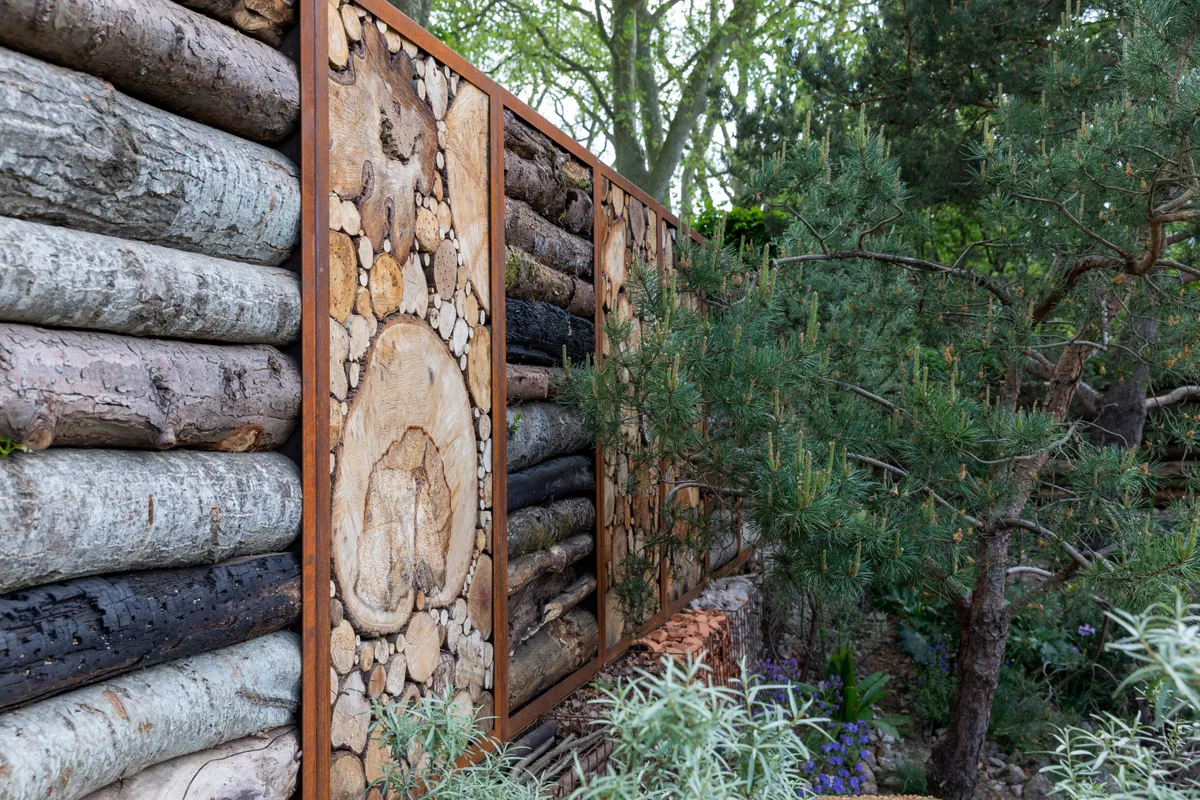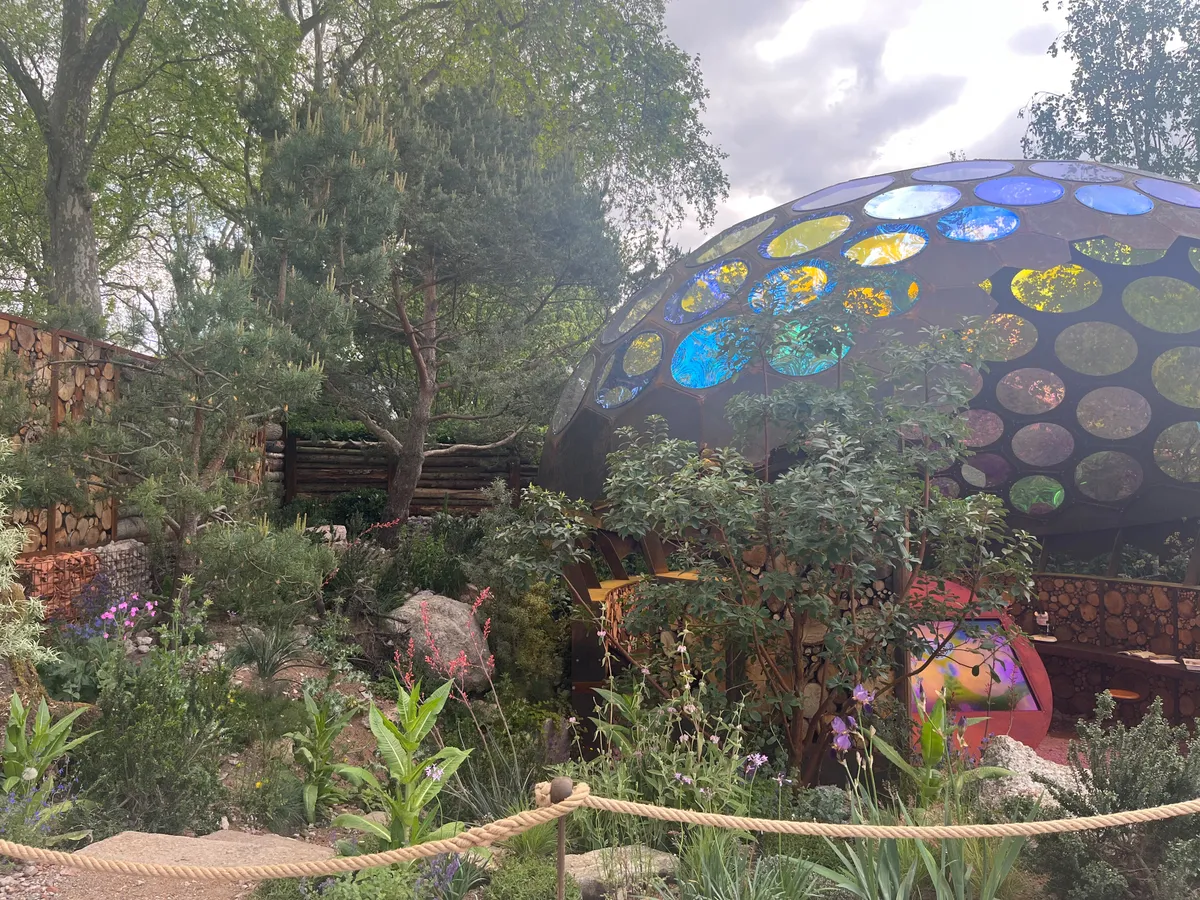Designer Tom Massey is creating the Royal Entomological Society Garden, sponsored by Project Giving Back, at the RHS Chelsea Flower Show 2023. It is one of 12 main show gardens this year, including gardens from Cleve West, Sarah Price and Harris Bugg Studio.
Don’t miss our guide to everything you need to know about the RHS Chelsea Flower Show and here's the show gardens for 2024
Tom Massey returns to the show with his third Chelsea garden, this time for the Royal Entomological Society (RES). Here he tells us more about his design.
“The brief was, essentially, to highlight how we humans are really important to insects, and to get people interested and engaged with insect life. The garden is all about insect science and the importance of the choices we make in how we maintain and manage our garden spaces, and in the types of planting and materials that we include.”
Designer Tom Massey.
Sponsors Project Giving Back for the Royal Entomological Society.
Contractor Landscape Associates.
Plants Hortus Loci.
Theme How important humans are to insects.
After the show The garden will occupy a public space between the Westfield Stratford City shopping centre and Queen Elizabeth Olympic Park in London, and be used as an outreach and research resource by the RES.
Contact tommassey.co.uk
The most striking feature of the design is a central outdoor laboratory constructed out of laser-cut steel panels, its structure inspired by the shape of an insect’s eye. “It provides a space for insects to be collected, identified and studied under microscopes, and then displayed on a screen in the middle of the garden, showing insects on a really magnified scale to visitors,” says Tom. “When you look at them up close, they’re fascinating creatures.”
Watch: three questions for Tom Massey and other Chelsea designers
Other key elements are the different types of insect habitat that will be seen around the garden. “There’s going to be a whole fallen tree cut into sections and suspended on steel poles over the planting, and panels filled with different types of material from construction waste to leaf mould, brush and wood.” There will be a varied topography with many textural mulches: bare sand, piles of rubble and large lumps of concrete instead of boulders. “It is going to have quite a raw feel that will be softened by the planting, and the look and feel of a site that’s been reclaimed by nature.”
Inspired by the biodiversity found on brownfield sites, the planting features a backbone of native plants, including hawthorn and Scot’s pine trees, and wildflowers such as Echium vulgare.
What to look out for
1 An outdoor laboratory inspired by the shape of an insect’s eye, made from curving steel panels.
2 Big bugs displayed live on a large screen via a microscope link.
3 Habitats for insects from dead wood to sand, rubble piles and mulches, as well as panels stacked and packed with materials of diverse shapes and sizes.
4 Brownfield site plants including pioneer species, such as birch trees and foxgloves, and wildflowers, along with more drought-tolerant Mediterranean and succulent-like, climate resilient non-natives mixed in.
• Find out more about Tom’s garden in our Talking Gardens Chelsea podcast.
And don’t miss Tom Massey’s exclusive new series, created with experts from the Royal Entomological Society, to discover intriguing facts about different insects every month, including despised garden ‘pests’ like aphids.
More on the 2023 RHS Chelsea Flower Show:
Chelsea Flower Show 2023: tickets, information, dates and what’s on
Chelsea Flower Show Main Show Gardens 2023: the full list
10 essentials for visiting the RHS Chelsea Flower Show
Head to our Chelsea Flower Show hub page for all the latest coverage





